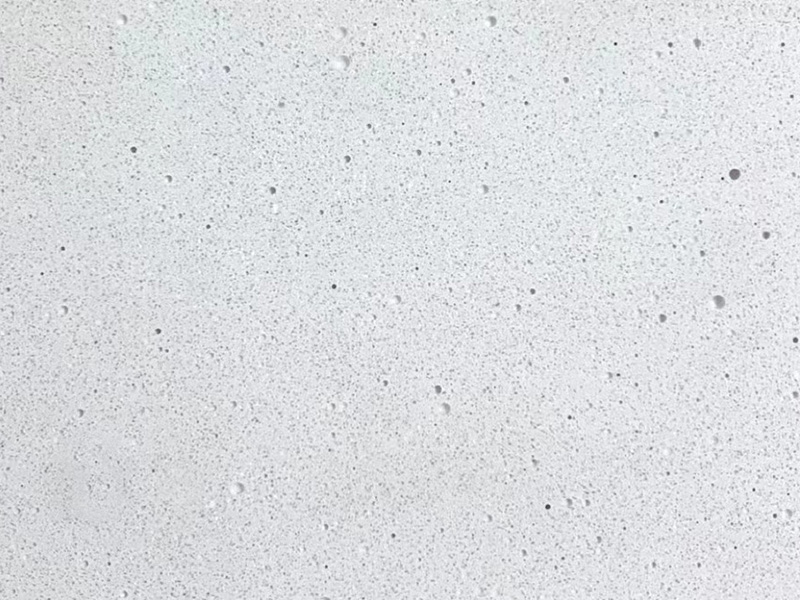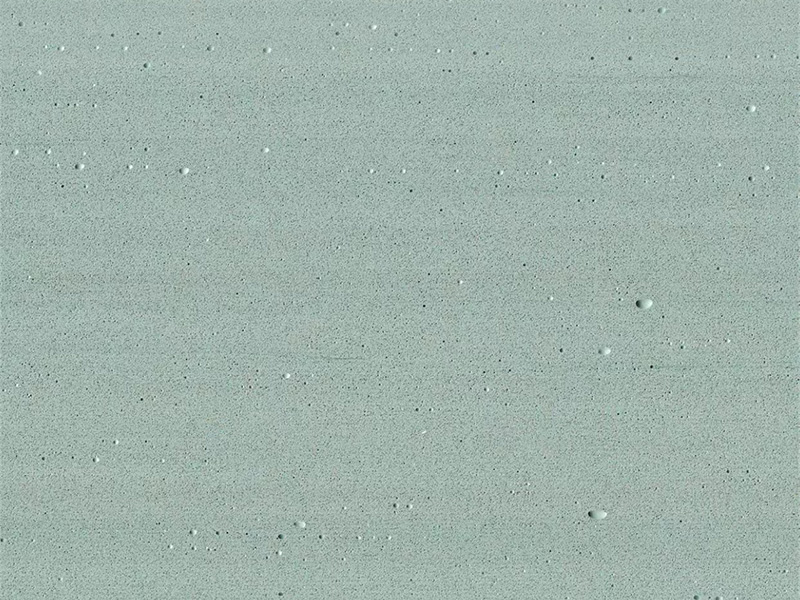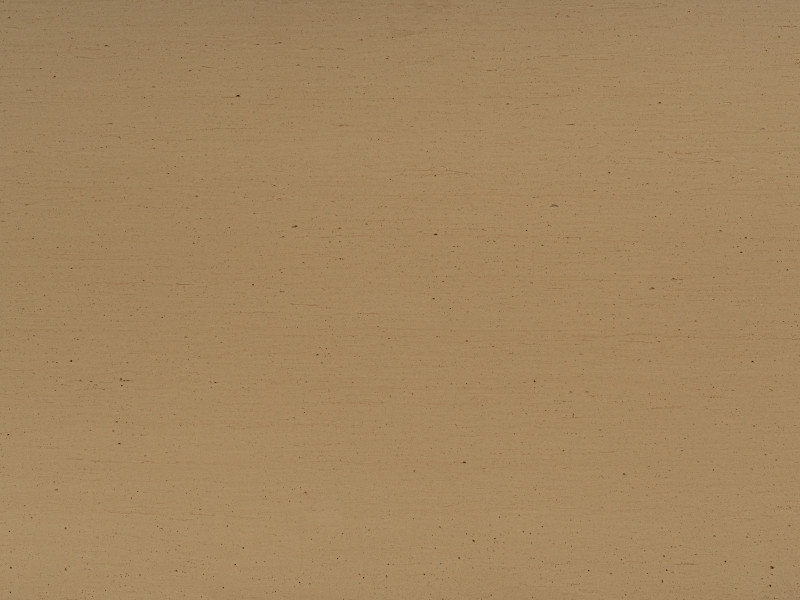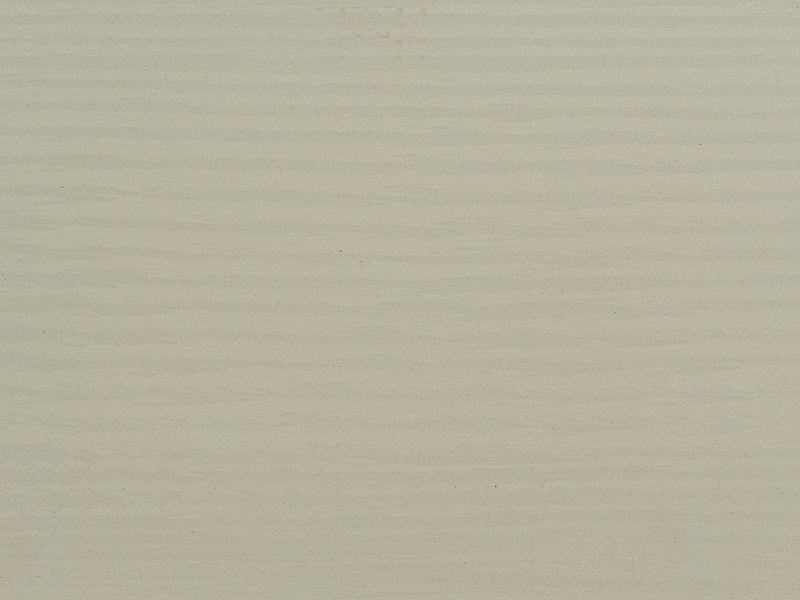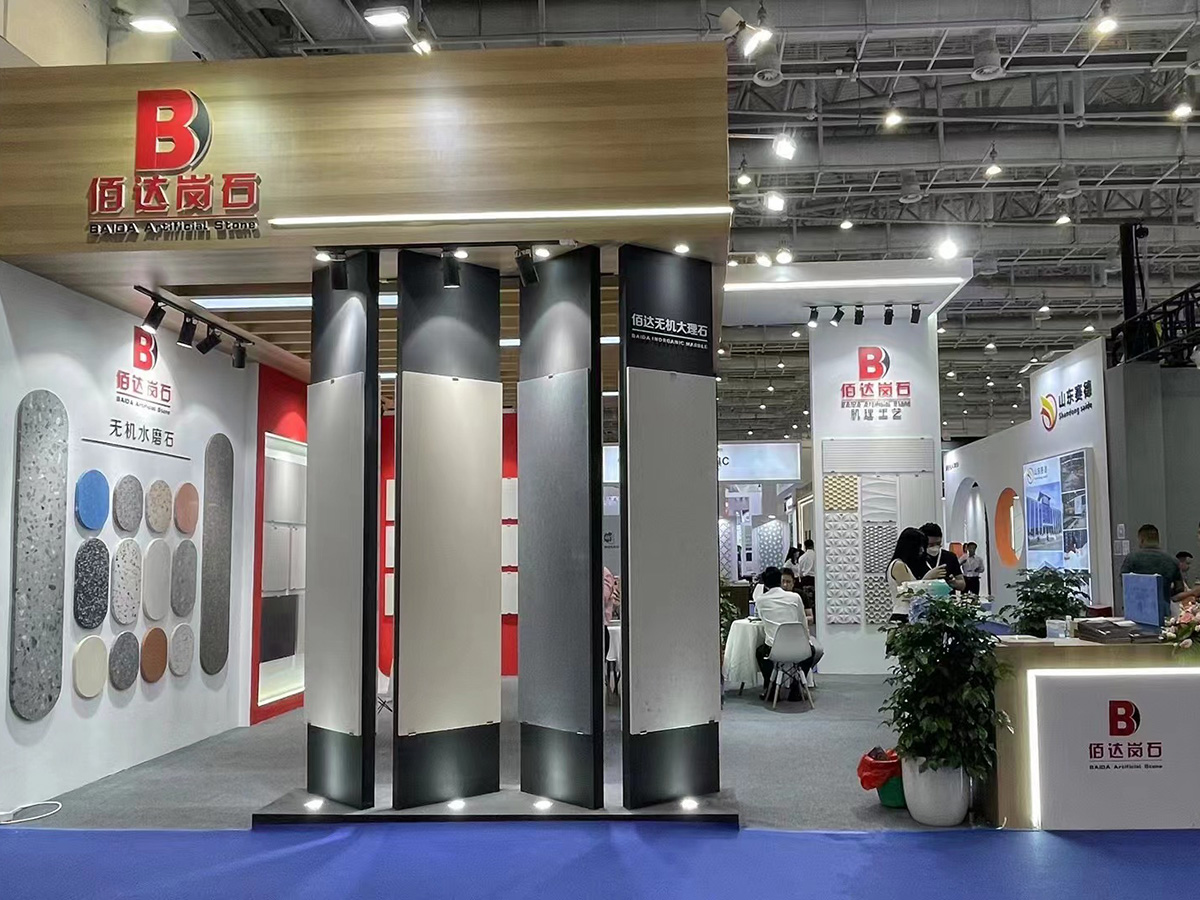Inorganic Stone: The Sediment of Nature and the Eternal Choice of Architecture
In the vast field of building materials, the concept of inorganic stone has emerged, becoming a darling of the construction industry due to its unique properties and excellent durability.
Inorganic stone, as the name suggests, refers to stones that do not contain organic substances. These types of stones are often precipitates from nature, and over billions of years, they have formed a hard and stable mineral structure. Inorganic stone can be granite, marble, slate, etc. Under the miraculous craftsmanship of nature, it presents a rich and colorful color and unique texture, becoming one of the indispensable building materials in the field of architecture.
Firstly, inorganic stones have been warmly sought after by architectural designers and decorators due to their natural beauty. Every inorganic stone is a masterpiece of nature, with rich variations in color and texture, as if it were a three-dimensional natural painting. The noble elegance of marble and the solidity and stability of granite all showcase a unique atmosphere in the building, making it more culturally rich and historical.



Secondly, the durability of inorganic stones is an important reason for their high praise. Compared with organic stones, inorganic stones are less susceptible to biological erosion, oxidation and corrosion, and have stronger resistance to weathering and durability. This makes inorganic stone a long-lived building material that can withstand various natural wind and rain tests, maintaining good appearance and performance for a long time.
Thirdly, the versatility of inorganic stones has made them widely used in architecture. Inorganic stone can not only be used for building facades, floors, decorative walls, etc., but also be made into sculptures, monuments, and other artworks, enriching the form and connotation of architecture. Its application in indoor decoration is diverse, whether it is the countertop of the kitchen, the wall and floor tiles of the bathroom, or the decoration of the living room, all of which can showcase the unique charm of inorganic stones.
However, it is worth noting that due to the natural formation process of inorganic stones, their extraction and processing may have a certain impact on the environment. Therefore, while using inorganic stones, we should also pay attention to the concept of sustainable development, adopt reasonable mining and processing methods, and minimize the impact on the natural environment.
Overall, inorganic stone, as an important material in the field of architecture, not only meets the aesthetic needs of architectural design, but also becomes an eternal choice for architecture due to its durability and versatility. In the future, with the continuous progress of technology and the deepening of the concept of sustainable development, we believe that inorganic stones will continue to play an irreplaceable role in the field of architecture, creating more magnificent, lasting, and beautiful architectural spaces for people.
Article source: Inorganic stoneWww.baidstone.com
-
06-04
Review of Xiamen Stone Exhibition in June 2023
-
03-16
Review of Guangzhou Design Week in March 2023
-
10-10
Terrazzo: The Beauty of Flowing Light and Colorful Architecture
Terrazzo, a building material with a unique charm, is increasingly praised for its natural beauty and versatility in the field of architectural design and decoration.Firstly, terrazzo stands out for i
-
10-10
Inorganic Stone: The Sediment of Nature and the Eternal Choice of Architecture
In the vast field of building materials, the concept of inorganic stone has emerged, becoming a darling of the construction industry due to its unique properties and excellent durability.Inorganic sto






